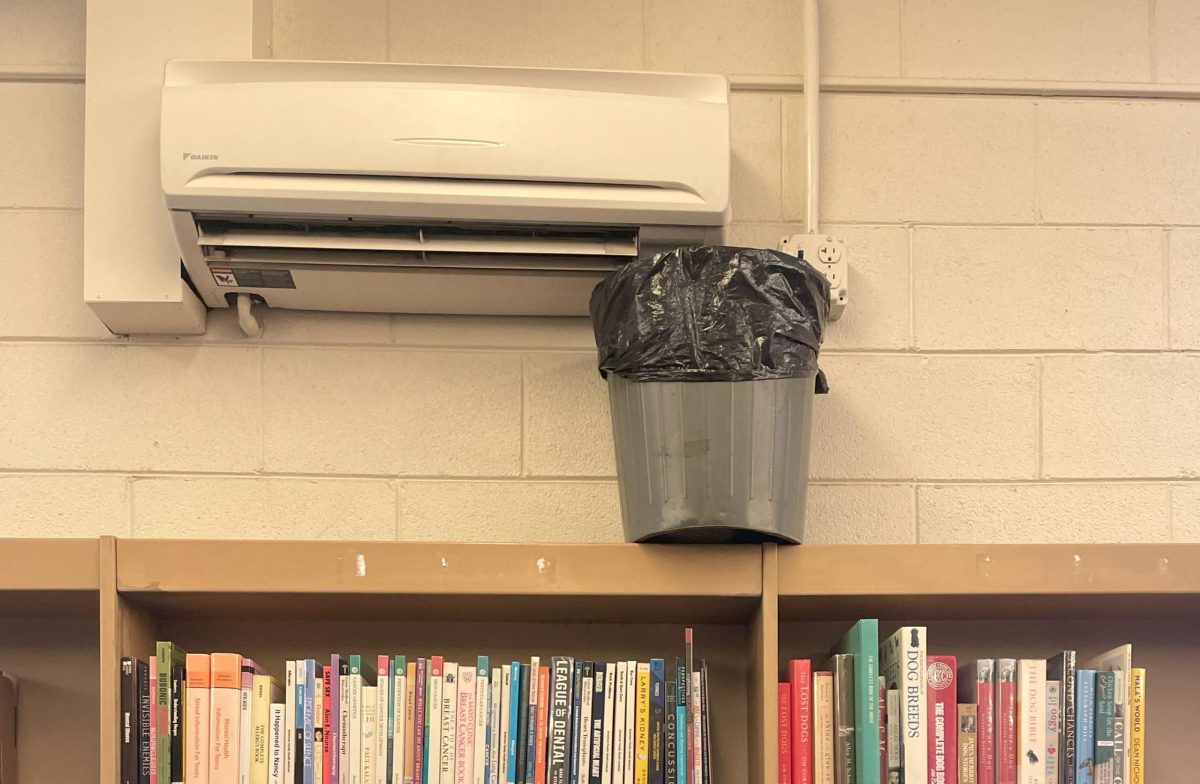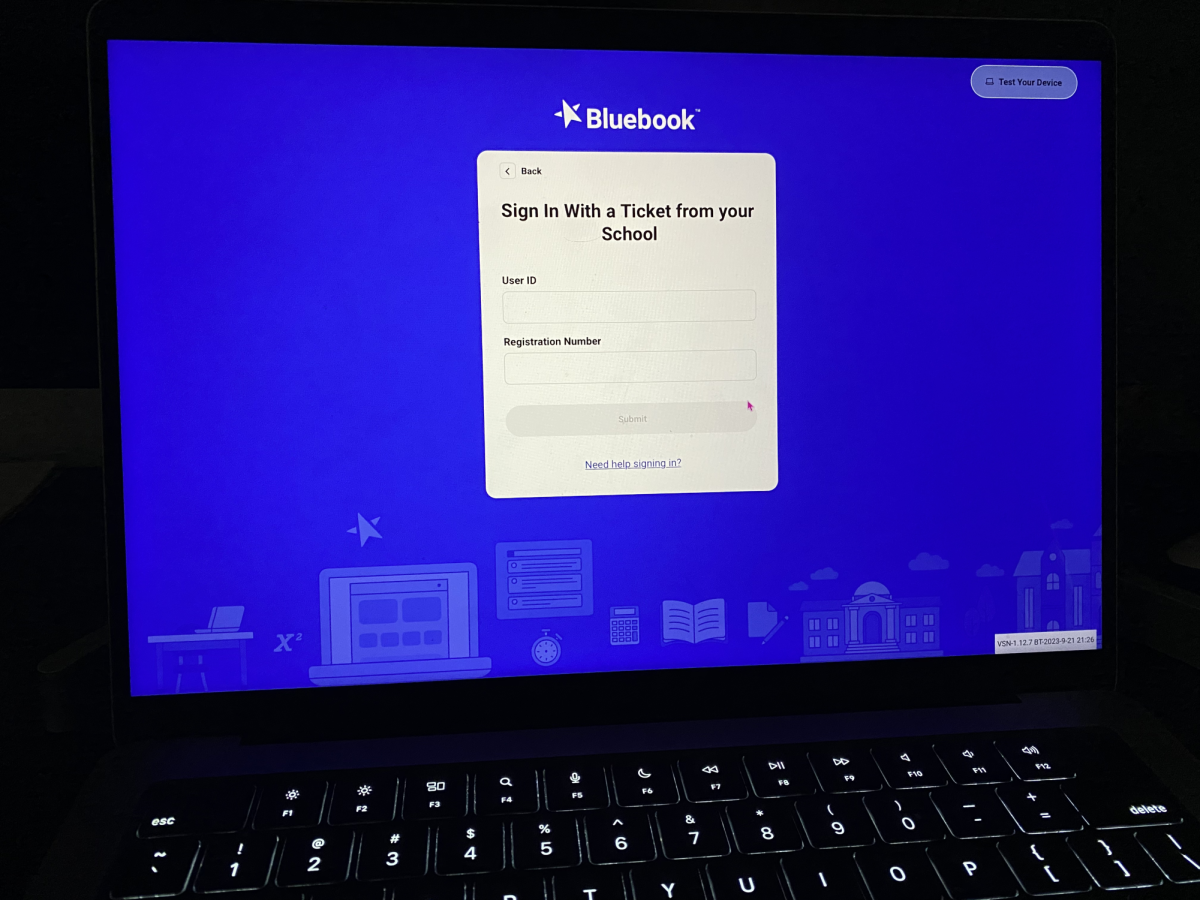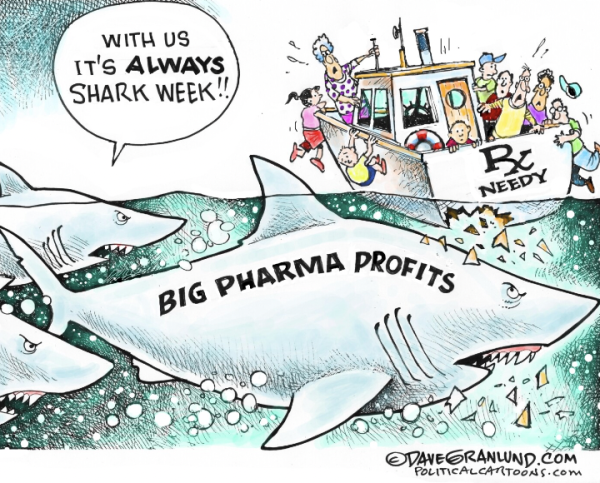Are Food Delivery Services Really Worth It?
Food delivery services entice customers by providing pictures of potential meals they could be making at home.
May 25, 2019
Doesn’t it sound convenient to never have to leave your house for groceries ever again? While most high schoolers don’t have the responsibility of buying their own groceries yet, it is soon approaching and many people may consider using food delivery services rather than going out to buy them or eating out. Most people have heard of food delivery services, especially with influencers on Youtube and Instagram being paid to endorse them. There’s a variety of these programs, such as HomeChef, BlueApron, and HelloFresh, which all promise to provide fresh ingredients every week to make affordable meals at home. The disadvantages of using these services such as wasting plastic from the packaging and paying high prices every week for ingredients that might not even be fresh outweigh the benefits.
While there are some benefits to using the grocery delivering service, it is also bad for the environment, costly, and depending on the service the produce is sometimes not as fresh as they claim it is. All of the produce that is delivered is individually wrapped in plastic made of low-density polyethylene which most recycling services do not accept because it is nearly valueless. They also put multiple ice packs in the packages, which can be reused, but they pack so many that some need to be thrown away. In addition to harming the environment, these food delivery services are very costly. They charge between ten to fifteen dollars per meal, not including shipping which costs about the same amount as the meal itself. For one person, a week of three meals a day costs about 250 dollars on average, which is an exorbitant amount for one person and the price is not worth the quality of the products. According to USA Today, the average cost of regular grocery shopping is about 180, which is nearly half of the cost of buying from online. Many customers that have tried these programs complain that sometimes they find blemishes on their fruits and vegetables or they just don’t seem as fresh. The recipes also call for lots of salt, which make the sodium content of these foods very high. This is especially bad for individuals over 50 years old, who are more likely to subscribe to these programs because they can’t carry groceries.
While some people may argue that freshness cannot be guaranteed in groceries stores, people still have the option to choose among a huge pile of produce or go to another store to find the ingredient that they need. If the fruits and vegetables that are delivered through the delivery program are not fresh, then that person has no choice but to either use it, or throw it away. For example, at a grocery store, a person has an option to pick an apple among the stack of hundreds of other apples, but for the delivery service, you’re stuck with the apple that they give you. Many customers have also complained about this issue, mentioning that some of the produce had blemishes.
The delivery service programs do have some advantages, but the consequences outweigh the benefits. If a person doesn’t have time to buy groceries, they could buy online from markets like Safeway and AmazonFresh or even postmating their groceries is much cheaper than using these meal delivery programs. Overall, buying from grocery stores in person wastes less plastic, almost ensures more fresh products, and does less damage on the wallet.





















